This post was first published by my friend and colleague Lorry Schoenly in 2014. I have updated it most recently for 2022, but interestingly, there is not much new in print for our specialty of Correctional Nursing. The Essentials still remains a classic and I am happy to say that our Correctional Nurse: Scope and Standards of Practice, a foundational book for our specialty, has been updated and the third edition was published in the Fall of 2020 by the American Nurses Association. Here are some books we recommend for both professional and recreational reading.
Professional Reading
Essentials of Correctional Nursing
No surprise that my first recommendation is our book on the basics of nursing care behind bars. This book provides essential informaiton for any nurse to get up and running in the specialty. It also includes plenty of information for seasoned correctional nurses about professional practice issues. But, don’t take my word for it. Here are a couple reviews to help you decide:
“I have been searching for a resource like this for the entire 11 years I have worked in correctional health care. As a Nurse Educator, I am constantly searching for current research-based information to share with the correctional nurses I instruct. Lorry has definitely hit the mark with this book.The information is complete and well-organized, and covers issues all correctional nurses enounter daily. Every correctional nurse should own this book.”
“This is THE resource for correctional nurses. As a nurse manager, it sits on my desk. This is the definitive book of nursing in jails and prisons. The authors and editors have done a great job of capturing the essentials that nurses need to know to practice. Read this and you will be grounded in your practice, knowing why things are important as well as what needs to be done.
If you are preparing for certification, this should be the first book in your reading list. If you are new to corrections, this is your guide and starting point. If you are a seasoned nurse, this book will help fill in the gaps and let you know what the best practices and national thought is, moving you beyond your experiences and into the world of expert opinions. If you are a manager, use this to help orient your nurses.”
Correctional Nursing Scope and Standards of Practice, 3rd Edition
It was my honor to be part of the ANA Correctional Nursing Scope and Standards Workgroup that produced this latest edition, as well as the second edition in 2013. This year, I was part of the sub-workgroup that wrote the sections on education, leadership, professional development, and research and evidence-based practice. In addition, we authored the Standards for Outcomes, Planning, Leadership and Education, and of course, we also participated by editing all the other sections of the book. This book is an incredible resource no matter what your position. As a staff nurse you can see the full scope of correctional nursing practice and use the standards to evaluate your own competency or create a personal development plan. As a nurse manager you can create job descriptions, policies, and competency and orientation programs from the material. The Correctional Nursing: Scope and Standards of Practice should be on every correctional nurse’s bookshelf right next to the Essentials of Correctional Nursing!
Correctional Mental Health: From Theory to Best Practice
This book is written for the mental health professional, but nursing staff can benefit from the information as well (often we are the “mental health professional” onsite. Here is the description from Amazon: This book is a broad-based, balanced guide for students who are learning to treat criminal offenders in a correctional mental health practice. Featuring a wide selection of readings, this edited text offers a thorough grounding in theory, current research, professional practice, and clinical experience. It emphasizes a biopsychosocial approach to caring for the incarcerated individuals who have a serious mental disorder. Providing a balance between theoretical and practical perspectives throughout, the text also provides readers with a big-picture framework for assessing current correctional mental health and criminal justice issues, offering clear strategies for addressing these challenges.
Games Criminals Play: How You Can Profit from Knowing Them

Lorry used this book as background for writing her chapter on staff safety in the Essentials of Correctional Nursing. It is an older book (1981) but manipulation techniques are classic. This book is practical and definitely not a scholarly work. You can find some good principles for avoiding harm in your nurse-patient relationships. Here are a couple reviews that tell it all:
“Games Criminals Play is a very easy to read, straight-forward account of the manipulations inmates are so skilled in often as a means of survival, and how easily susceptible the correctional employee can be. Accounts given demonstrate how easily the manipulations can begin; how difficult they can be to terminate, and how to proactively and professionally ward off the inmates’ manipulative games. The book would serve anyone new to the corrections environment very well.”
“I think that this book should be an annual training requirement for EVERY correctional employee! It reminds us that even a ‘veteran’ can be manipulated, and or set up by convicts. The game never changes, Only the players”
The Art of the Con: Avoiding Offender Manipulation
Like the book above, this one is written from the officer perspective but has good information to help correctional nurses. If you like a lot of examples of ways our patients might be manipulative, you can find them here. The difficulty with both these books for nurses is balancing the caring/custody dichotomy. You need to keep that in mind when reading books from the criminal justice perspective. Comments from readers:
“This book really helped me realize how NOT to be a victim of manipulation. I’m usually very trusting and want to believe in the best of people. This book helped me to remember that I am in the criminal’s environment when I am there. They are not in mine.”
“A must have for any or all corrections personnel. I am a nurse working at a state prison and this book gives me the life saving tools needed to avoid any situations that a inmate will place you in without your having the slightest notion what is happening to you. It is a must have to avoid the master manipulation that goes on in the corrections system with the inmates.”
Recreational Reading
Orange Is the New Black: My Year in a Women’s Prison
I read this book before it was picked up as a series on Netflix and Lorry also interviewed author Piper Kerman on women’s healthcare in prison several years ago on the Correctional Nursing Today podcast. The book is engaging and provides an inmate perspective on life in a women’s prison. Comments from other readers:
“It is difficult for many people to have compassion for people who are in prison or to care about their living conditions since they “made their bed”, but I think books that remind us of our common humanity with “others” are important and worth reading.”
“It is an interesting read about how an educated woman was thrown into a world in which she was unaccustomed and how she survived a year in prison. As expected the Netflix series takes quite a bit of poetic license with the story, but that need to be reviewed on its own merits. It is an enjoyable read with an interesting and well-thought-out reasoning for why the war on drugs is a failure and why our nation’s mandatory minimum laws need reform (with suggestions about how to reform the laws without letting the guilty get away with their crimes unpunished).”
These next two books are on this reading list because they were recommended by other correctional health professionals.
The Prison Angel: Mother Antonia’s Journey from Beverly Hills to a Life of Service in a Mexican Jail
Mother Antonia recently passed on and her work was the topic of the December 2013 News Round-Up Podcast. Her work and sacrifice sound amazing. Here is a description from Amazon:
“The winners of the 2003 Pulitzer Prize for international reporting tell the astonishing story of Mary Clarke. At the age of fifty, Clarke left her comfortable life in suburban Los Angeles to follow a spiritual calling to care for the prisoners in one of Mexico’s most notorious jails. She actually moved into a cell to live among drug king pins and petty thieves. She has led many of them through profound spiritual transformations in which they turned away from their lives of crime, and has deeply touched the lives of all who have witnessed the depth of her compassion.”
This books sounds like an insider view of what we do. Here is the Amazon description:
“After three decades as a successful ear surgeon, William Wright, MD is bored beyond belief. He dabbles with retirement, but finds idleness infuriating. He has to do something.
Then he sees an ad for a doctor’s position from the Colorado Department of Corrections at a supermax prison. Now that, he thinks, would be different. His wife has some thoughts on the matter too. She thinks her husband just lost his mind and is on a collision course with a prison shiv. Told with self-depreciating humor and scathing wit, Maximum Insecurity describes Dr. Wright’s adventures practicing medicine in a supermax correctional facility without, he’s glad to say, getting killed even once.”
Please share your “favorite” correctional nurse-related books below…or even ones that you are considering reading!
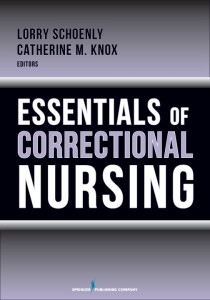


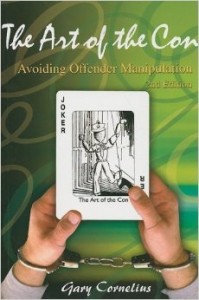
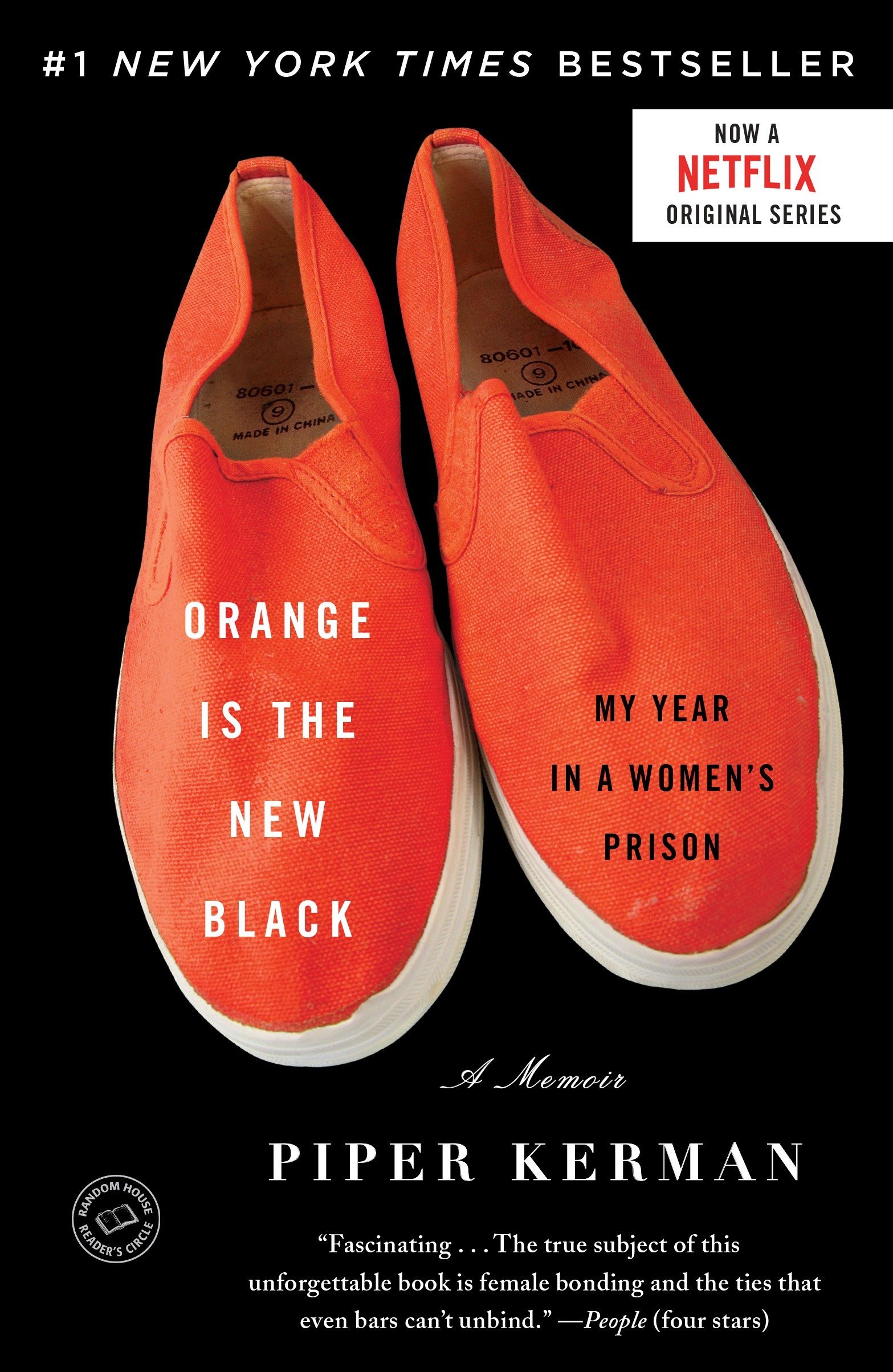
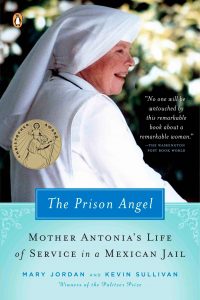
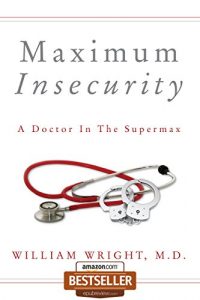
Leave a Reply